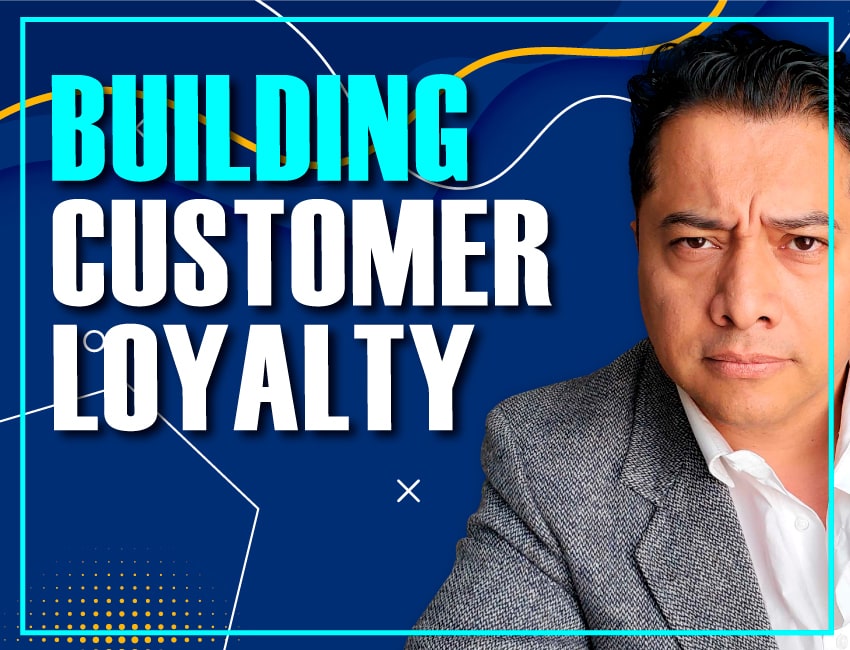The Curse of Competence: A Leadership Challenge

We’re taught from a young age that hard work and dedication lead to success. But in the workplace, the reality often feels different—especially for top-performing employees. Despite their talent and drive, these individuals frequently face unintended consequences for their excellence, leaving them overworked, undervalued, and unsupported.
This phenomenon, often called the curse of competence, occurs when high performers are unintentionally “punished” by poor leadership practices. Let’s explore why this happens and, more importantly, how leaders can turn it around to retain and empower their most valuable team members.
Unintended Consequences for Competent Employees
1. Unrealistic Expectations
Competent employees often find themselves with overflowing plates. Managers see their efficiency and problem-solving skills as an opportunity to delegate more tasks. Over time, this leads to unrealistic expectations and eventual burnout.
Examples:
- Katrina, a marketing specialist, was asked to manage five social media platforms alongside her usual responsibilities. The extra workload distracted her from her primary goals, and she left the company within 90 days.
- Charles, a high-performing accountant, completed his work in 35 hours instead of 40. His efficiency led to additional, heavy projects that ultimately drove him to resign.
Solution:
To avoid overburdening top performers, involve them in workload decisions and regularly check in to ensure their responsibilities are reasonable. Recognize their achievements without immediately piling on more tasks.
2. Lack of Growth Opportunities
Highly competent employees often find themselves overlooked for promotions or professional development opportunities. In some cases, insecure managers may even avoid conversations about growth, fearing these employees could outshine them.
Example:
An emerging leader in an organization consistently excelled and earned “5 Stars” in her performance reviews. Despite her consistent requests for growth opportunities, she was never given a development plan. Frustrated, she left after a decade of loyal service.
Solution:
Schedule regular development conversations with employees who show potential and interest in growth. Collaborate on long-term plans that align with their aspirations and organizational goals. Proactively create a culture of advancement where top performers feel valued and supported.
3. Reduced Time with Managers
Top performers are often left to fend for themselves, with less attention and guidance from their leaders. This neglect can leave high-performing employees feeling undervalued and disconnected from the team’s mission.
Example:
A corporate manager once told a standout employee, “If we skip our weekly meeting, it means you’re excelling.” While intended as a compliment, it signaled neglect rather than appreciation. After the employee expressed concern, the manager shifted gears, implementing daily check-ins and quarterly planning sessions, resulting in growth for both.
Solution:
Dedicate intentional time to your top performers. Prioritize regular one-on-one meetings, feedback sessions, and development opportunities to strengthen the relationship and help them thrive.
Why Breaking the Curse Matters
Organizations with high-performing employees are poised for exceptional results—but only if they’re supported correctly. Research shows that workplace cultures prioritizing recognition and development experience:
- Higher employee retention rates
- Stronger team morale
- Improved productivity and profitability
Leaders who empower top performers not only improve business outcomes but also foster loyalty and engagement within their teams.
Actionable Strategies for Leaders
1. Recognize Effort, Not Just Outcomes
Create a culture where progress is celebrated, not just final results. Regularly acknowledge milestones and hard work to keep morale high.
2. Offer Growth and Learning Opportunities
Invest in professional development programs, mentorship opportunities, and stretch assignments that align with employees’ long-term goals.
3. Check In Regularly
Use daily check-ins or weekly one-on-ones to show that you value your team’s input and want to help them succeed.
4. Provide the Gift of Time
Avoid overloading your most efficient employees. Instead, give them space to reflect, innovate, and recharge.
The Leaders Who Succeed
Great leaders know that talent alone isn’t enough to drive success. Without proper support, even the best employees can burn out or leave. To build a thriving team, you must break the curse of competence and create an environment where top performers are appreciated and empowered to grow.
Ready to transform your leadership style and build a culture of recognition? At Dreams Animation, we help businesses develop strategies to enhance team engagement, retain top talent, and achieve remarkable growth.
Let’s work together to elevate your leadership and your team’s success!




















